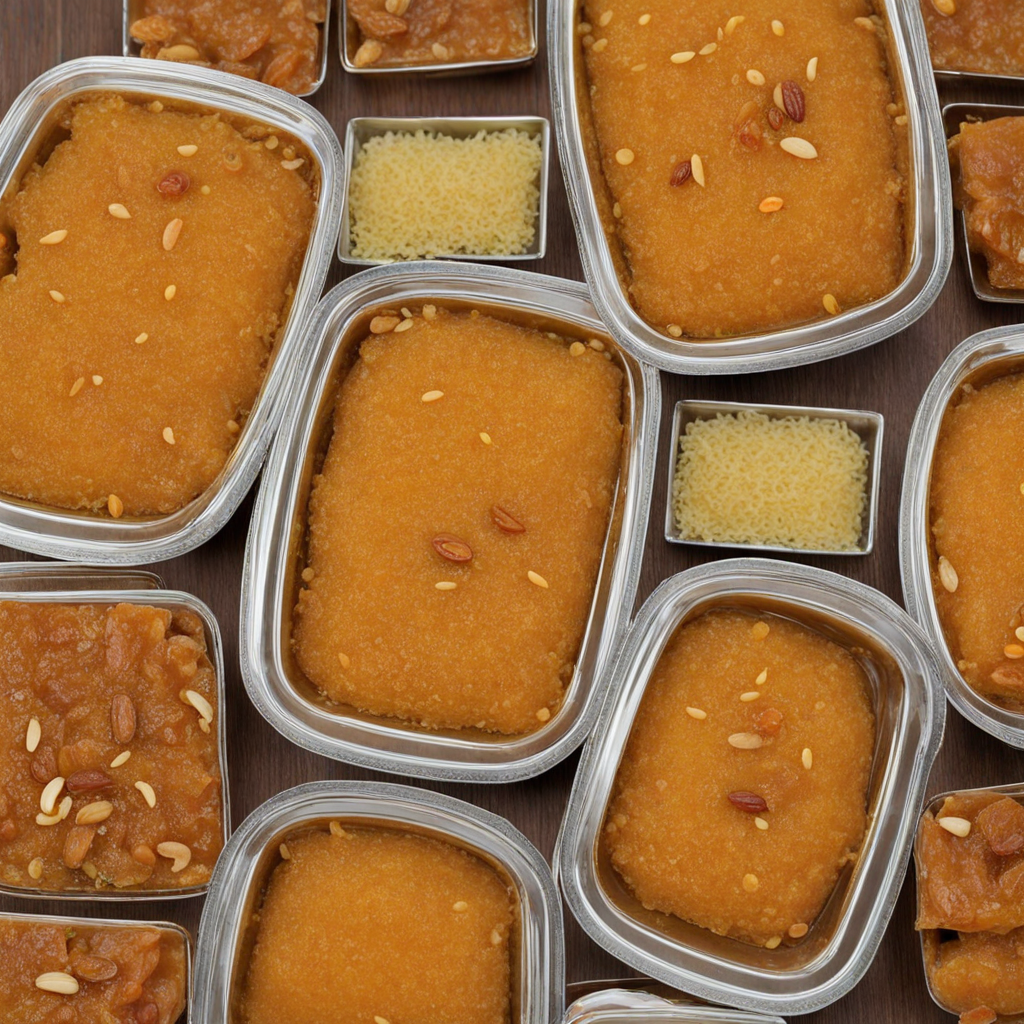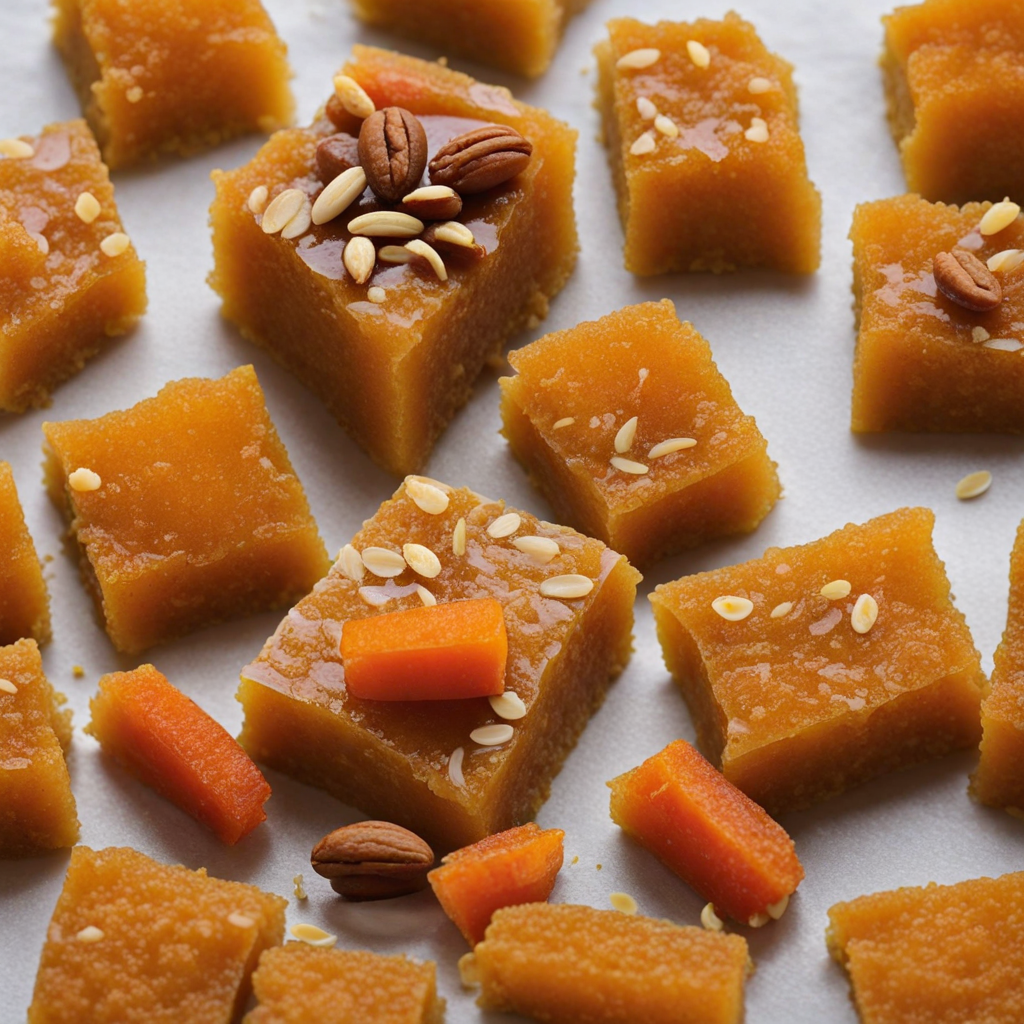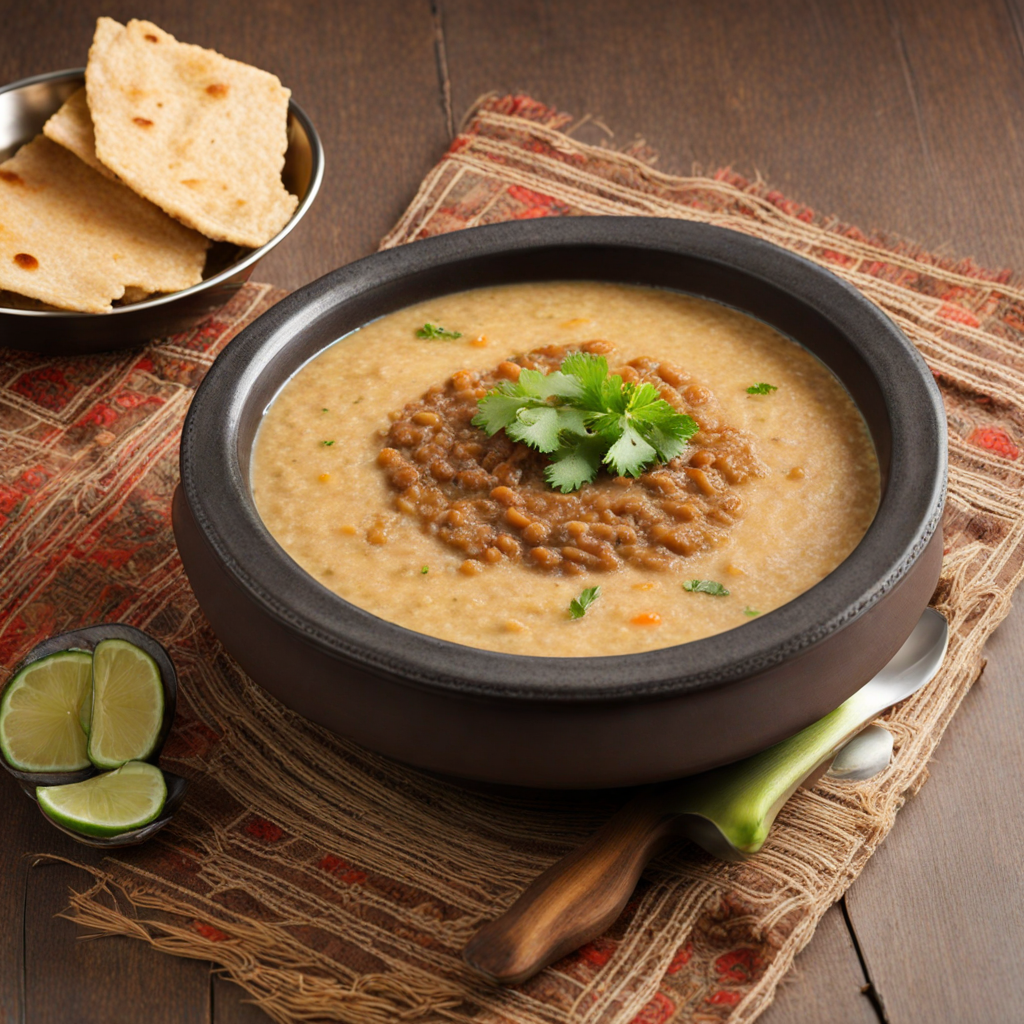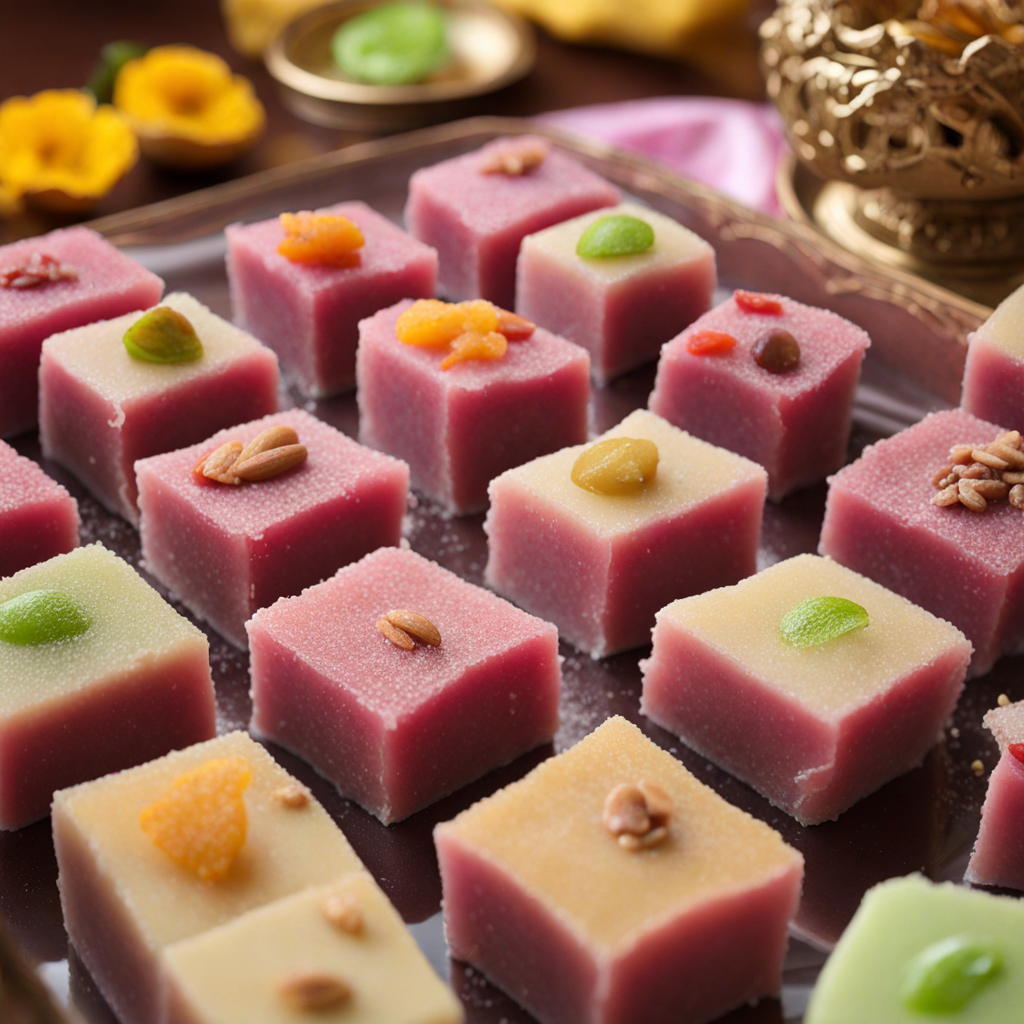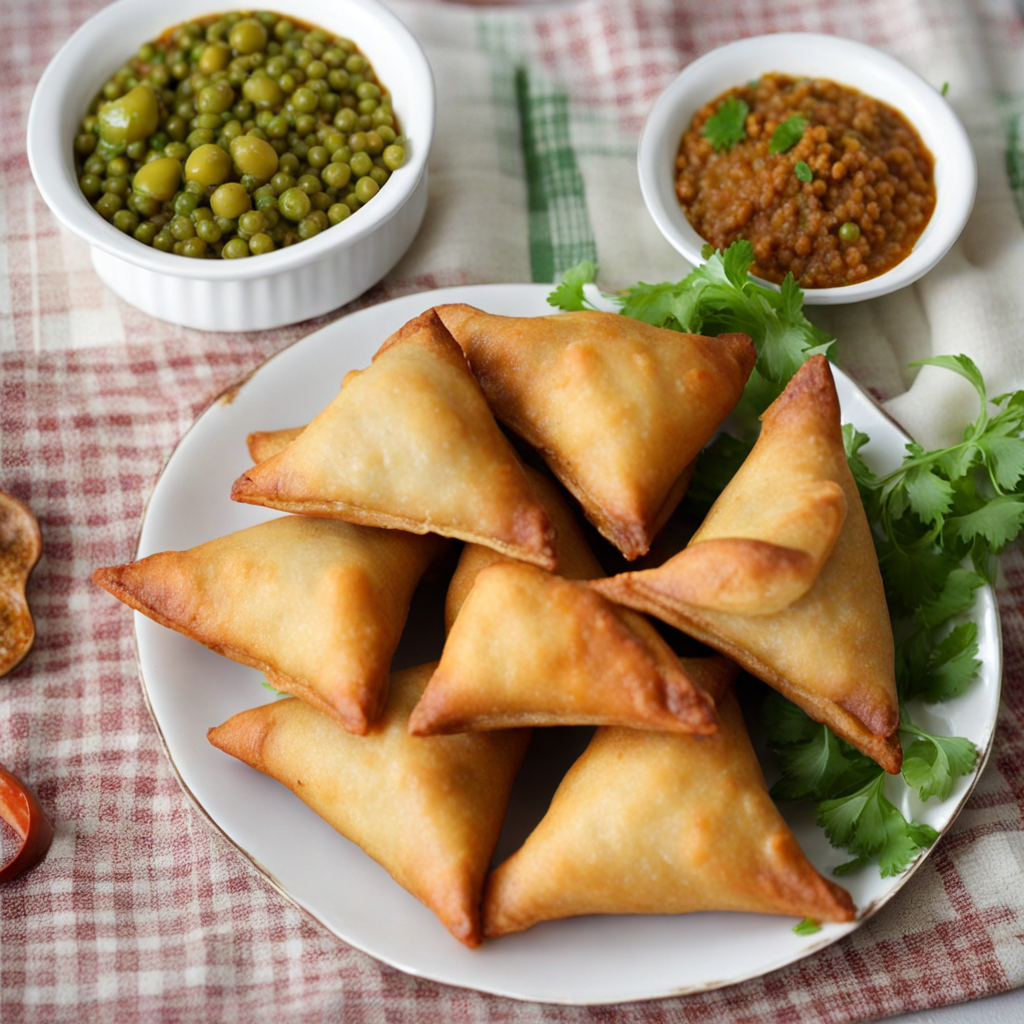Halwa
Halwa, a beloved dessert from Pakistan, is a sweet dish that has captured the hearts and palates of many. Its roots can be traced back to ancient civilizations, where variations of sweet confections were enjoyed across the Indian subcontinent. The word "halwa" itself is derived from the Arabic term "halwa," which means sweet. Over the centuries, various cultures have contributed to the evolution of halwa, leading to an array of regional specialties. In Pakistan, halwa is not merely a dessert but a symbol of celebration, often served during festivals, weddings, and special occasions. The flavor profile of halwa is rich and indulgent, combining the sweetness of sugar with the warm, aromatic notes of cardamom and saffron. The texture can vary significantly depending on the type of halwa being prepared; some versions are smooth and creamy, while others may be grainy or dense. The sweetness is balanced with the nuttiness of ghee (clarified butter), which provides a luxurious mouthfeel. Depending on the type of halwa, additional flavors can come from ingredients like rose water or nuts, enhancing the overall sensory experience. Preparation of halwa can be a meticulous process, often requiring patience and attention to detail. The most common type, Suji Halwa, is made from semolina (suji) and involves toasting the semolina in ghee until it turns golden brown, releasing a nutty aroma. Water or milk is then added along with sugar, creating
How It Became This Dish
The Sweet Legacy of حلوہ (Halwa) in Pakistan Origins of حلوہ The history of حلوہ, a beloved sweet dish in Pakistan, is as rich and layered as its taste. The term 'halwa' derives from the Arabic word "حلوى" (halwa), meaning "sweet." Though its precise origins are difficult to pinpoint, it is believed that halwa has roots in ancient Middle Eastern and Central Asian cuisines, dating back to the Persian Empire. The dish was initially prepared using a simple mixture of flour, sugar, and ghee, often flavored with nuts and spices. As the cultural tapestry of the Indian subcontinent evolved, so did halwa. The arrival of the Mughals in the 16th century greatly influenced the culinary landscape of the region. The Mughal emperors, known for their opulence, introduced various dishes and cooking techniques. Halwa, in its many forms, became a staple in royal kitchens and was often served at grand feasts and celebrations. It was not just a dish; it symbolized abundance and hospitality. Cultural Significance In Pakistani culture, حلوہ transcends mere dessert; it is an integral part of celebrations, rituals, and everyday life. It embodies joy and festivity, often making appearances at weddings, religious festivals, and family gatherings. For instance, during the holy month of Ramadan, halwa is frequently prepared to break the fast, symbolizing sweetness and gratitude. One of the most popular variations is 'Suji Halwa,' made from semolina. It is a staple at religious occasions, particularly during the celebration of Eid. Families often prepare large quantities to share with neighbors and friends, reinforcing community bonds and the spirit of sharing. Another variation, 'Gajar Halwa,' made from grated carrots, is especially popular in the winter months and is revered for its rich flavor and nutritional value. Halwa also finds its place in traditional rituals. During weddings, it is often served to guests as a symbol of prosperity and sweetness in the couple’s life ahead. In many regions, it is customary for families to prepare halwa as an offering during religious ceremonies, showcasing their devotion and gratitude. Development Over Time As Pakistan emerged as a distinct nation in 1947, its culinary identity continued to evolve. The diversity of regions within Pakistan—Punjab, Sindh, Khyber Pakhtunkhwa, and Balochistan—each contributed unique versions of halwa, reflecting local ingredients and tastes. In Punjab, for instance, the rich 'Pistachio Halwa' became a hallmark, featuring an abundance of nuts and aromatic spices. Meanwhile, in Sindh, the 'Sooji Halwa' gained popularity for its simplicity and ease of preparation. In Khyber Pakhtunkhwa, the use of indigenous grains like millet in halwa recipes showcases the region's agricultural heritage. With globalization and the advent of technology, the preparation of halwa has also transformed. Traditional methods of cooking over open flames have given way to modern conveniences like gas stoves and microwaves. Pre-packaged mixes for halwa have entered the market, making it easier for busy households to whip up this delightful dessert. However, these changes have not diminished the dish's traditional value; instead, they have made it more accessible to a wider audience. Moreover, the fusion of culinary influences has led to innovative interpretations of halwa. Chefs and home cooks alike experiment with flavors, incorporating ingredients like chocolate, coconut, and even fruits, creating completely new variations that appeal to contemporary palates. These modern adaptations showcase the versatility of halwa and its ability to transcend cultural and culinary boundaries. Halwa in Modern Pakistan Today, حلوہ is ubiquitous in Pakistan, appearing at homes, street food stalls, and high-end restaurants alike. The dish remains a symbol of comfort and nostalgia, evoking memories of family gatherings and celebrations. Street vendors serve hot, freshly prepared halwa, often accompanied by puris (fried bread), attracting crowds with its enticing aroma. Halwa also plays a significant role in the burgeoning food tourism industry in Pakistan. Food enthusiasts and travelers are drawn to the rich culinary heritage of the country, and halwa is often highlighted as a must-try dish. Festivals celebrating traditional foods often feature halwa in various forms, showcasing its diversity and importance in Pakistan’s culinary landscape. Conclusion The story of حلوہ in Pakistan is a testament to the nation's rich cultural heritage and the evolution of its culinary practices. From its ancient origins to its contemporary adaptations, halwa symbolizes sweetness, celebration, and community. As Pakistan continues to grow and change, so too will the tradition of halwa, ensuring that this beloved dish remains a cherished part of the nation's identity for generations to come. In essence, حلوہ is more than just a sweet treat; it is a cultural artifact that reflects the history, values, and culinary art of Pakistan. Whether enjoyed in a lavish banquet or a simple family meal, halwa continues to bring people together, celebrating the joys of life through its delectable sweetness.
You may like
Discover local flavors from Pakistan


